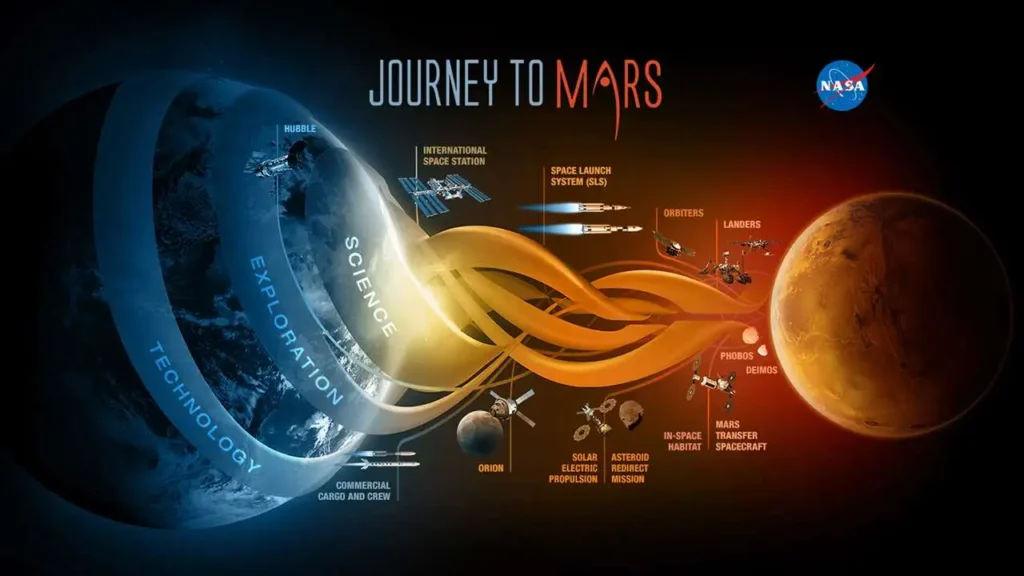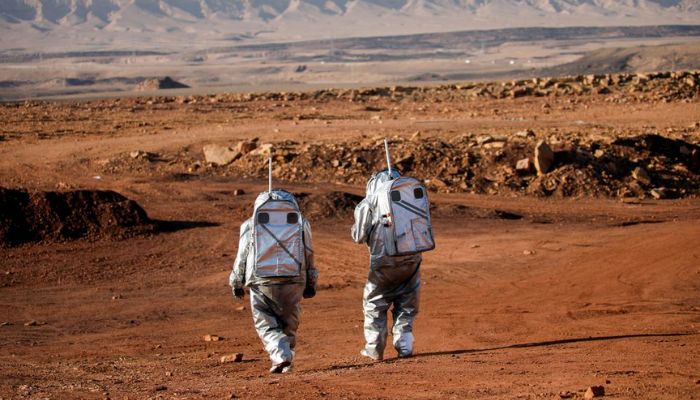After converting carbon dioxide from Mars into oxygen seven times on the Martian surface, NASA’s Perseverance rover has shocked many and given scientists fresh hope for space travel.
The Massachusetts Institute of Technology’s MOXIE (Mars Oxygen In-Situ Resource Utilization Experiment) experiment successfully synthesized as much oxygen as an average tree, the researchers reported in the journal Science Advances.
Human missions to Mars would be feasible, according to MOXIE’s deputy investigator Jeffrey Hoffman, so long as “computers, spacesuits, and habitats” could be shipped there.
The MIT team that created MOXIE did so in 2014. The NASA rover, which arrived on Mars in 2021, originally consisted of a tiny device. Using electrolysis removes oxygen from carbon dioxide.

Separate oxygen ions can be combined to form oxygen molecules. The Washington Examiner reports that the molecules undergo purity checks, as stated in an official MIT press release.
Fortunately, there is abundant carbon dioxide on Mars, and sufficient oxygen can be generated to support human life.
Hoffman explained that this effort by MIT was the first-ever demonstration of using a planet’s original resources and chemically transforming them into something useful.
While MOXIE can only make 6 grams of oxygen an hour, scientists are working on the scalability of the device.
Mahnur is MS(development Studies)Student at NUST University, completed BS Hons in Eng Literature. Content Writer, Policy analyst, Climate Change specialist, Teacher, HR Recruiter.










